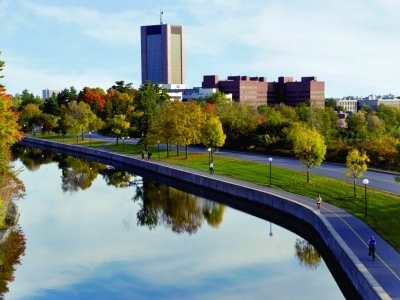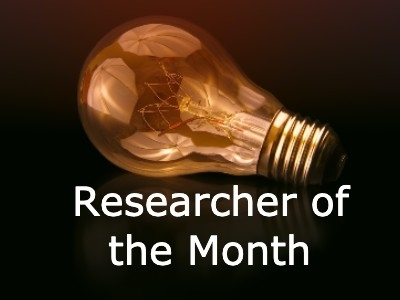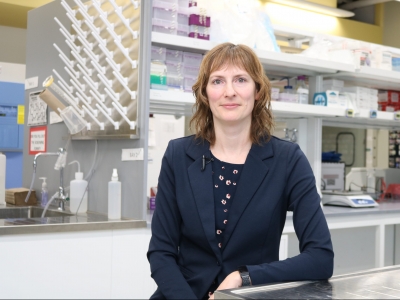 Andrea Reid has won an NSERC Aboriginal Ambassador Award. She is also a National Geographic Young Explorer. Recently, she returned from a trip to north-central BC. In the following blog, she describes what she did up North.
Andrea Reid has won an NSERC Aboriginal Ambassador Award. She is also a National Geographic Young Explorer. Recently, she returned from a trip to north-central BC. In the following blog, she describes what she did up North.
My grandmother came from a small Indigenous (Nisga’a) community on British Columbia’s North Coast, called Gingolx. Because of a long and storied history that involves the residential school system, the 60s Scoop, and inter-generational legacy effects, I grew up apart from this community and with limited knowledge of my Nisga’a heritage. Last week, thanks to a Natural Sciences and Engineering Research Council of Canada (NSERC) Aboriginal Ambassador in the Natural Sciences and Engineering (AANSE) Award, I travelled from Ottawa up to Gingolx to visit the elementary school and get the students excited about salmon and science.
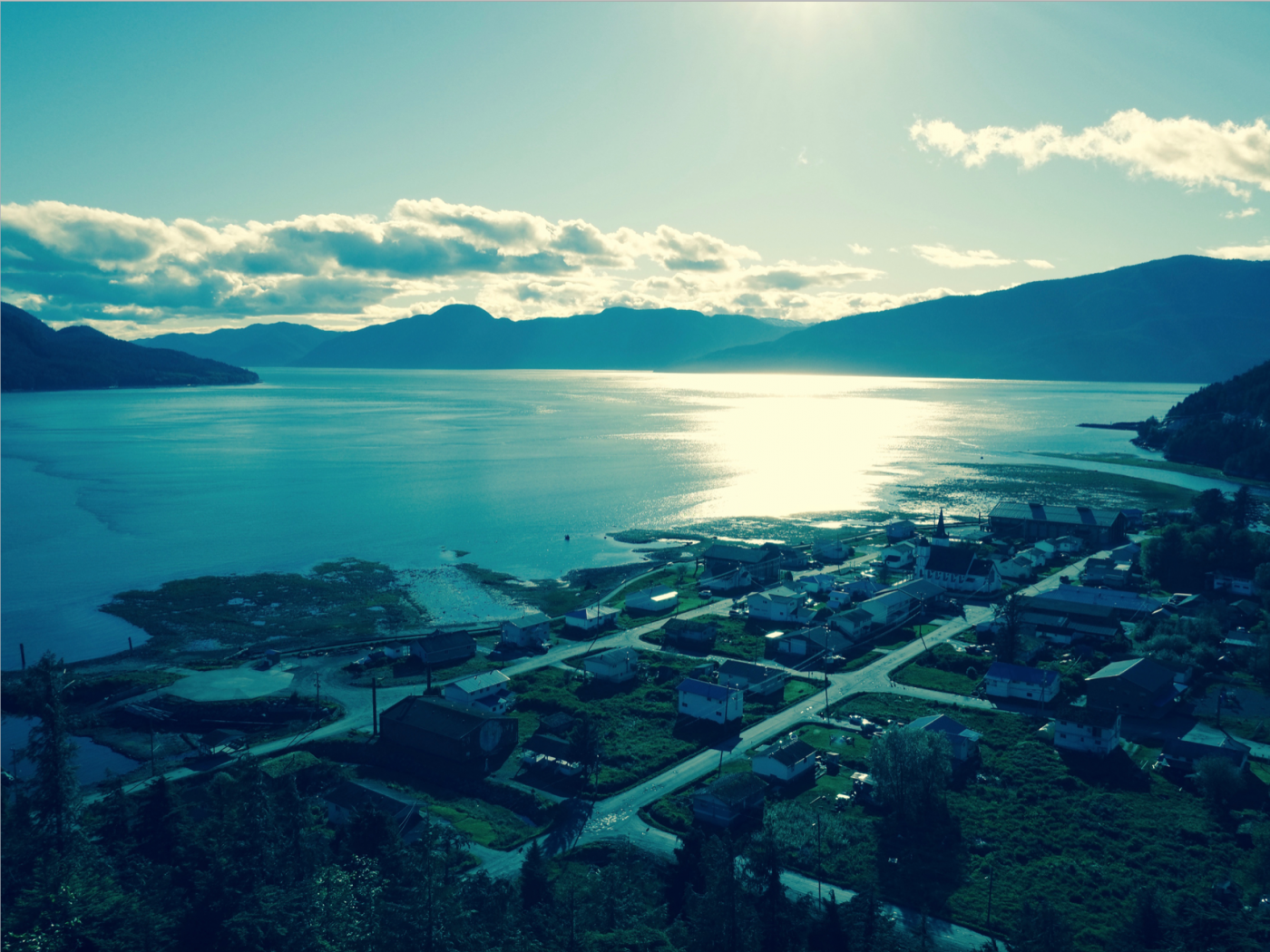
The community of Gingolx. Population approx. 400 people.
My PhD work in Dr. Steven Cooke’s Fish Ecology and Conservation Physiology Laboratory (FECPL) at Carleton University explores Pacific salmon fisheries and what we can do to make them more sustainable. I use radio telemetry technology to track Pacific salmon as they migrate from the ocean upriver to spawning grounds. My goal is to identify the fishing practices that result in the highest overall survival in these fish. The local Nisga’a Fisheries and Wildlife Department also uses radio telemetry to monitor fish as they pass upstream.
At the Nathan Barton Elementary School in Gingolx, my team and I therefore opted to teach the kids about radio telemetry technology in a few creative ways. We designed a radio tag scavenger hunt where the students learned how to use portable radio receivers so they could locate stashed radio transmitters in the school. They also were each given a plush sockeye salmon and shown how we ‘gastrically’ tag these fish – by inserting radio tags directly into their bellies. The students’ eyes widened as they learned that sockeye salmon migrating upstream are no longer feeding, and that by using their stomachs to house the radio tags, we do not need to perform fish surgery or use anaesthetic as is more often the case. We also had the kids impersonate “migrating salmon” and “scientist trackers” in an elaborate game of sticky popcorn tag.
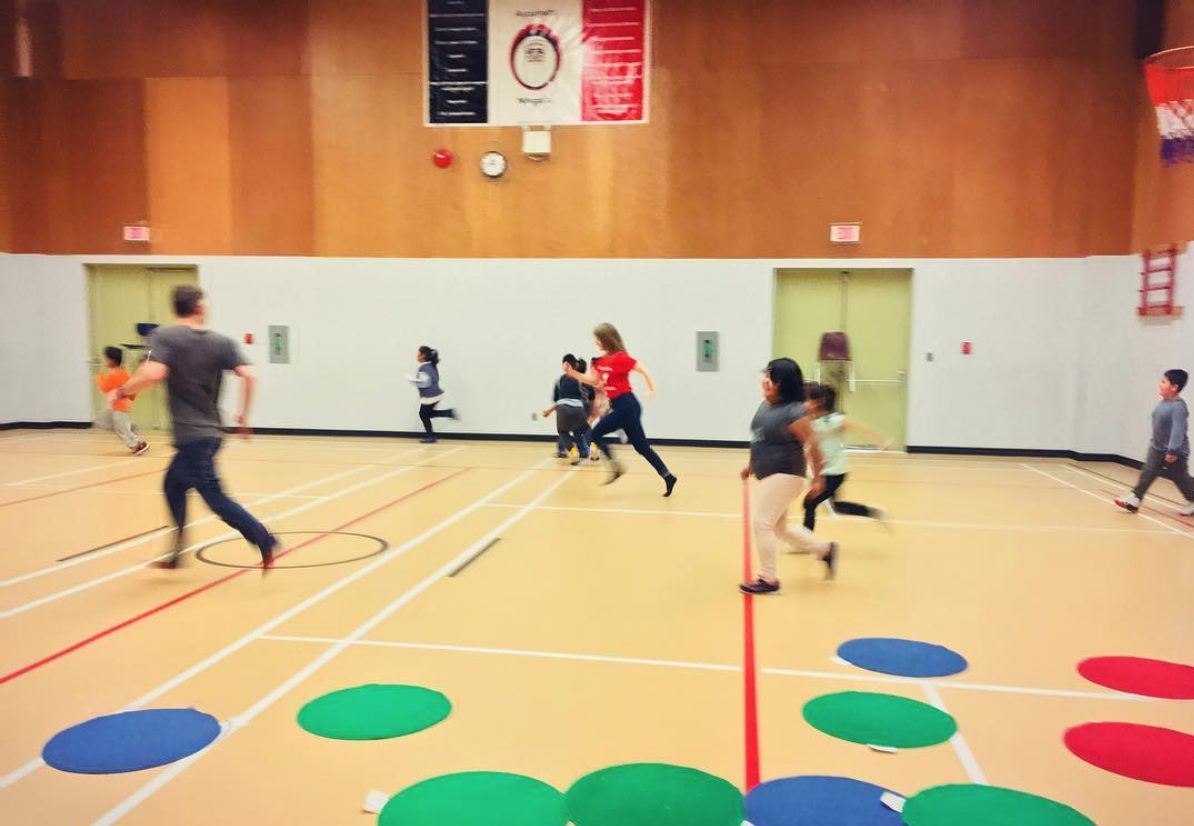
Nathan Barton students playing radio tag scavenger hunt
This visit also included a meeting and presentation to the Nisga’a Lisims Government Executive where I shared some of the early results and overarching take-home messages from my Pacific salmon research thus far. A full week of travel, activities and talks – I landed in Ottawa exhausted but energized when I opened my inbox only to find it filled with typed thank-you letters from the Nathan Barton Elementary School grade six class. They told me what they liked about our visit, what they learned, what questions they still have, why salmon mean so much to them, and in some cases, an invitation to come back!
This was an incredible experience, and one that I encourage all Indigenous students to pursue. The program exists to get university students off of campuses and into Indigenous communities throughout the country to promote excitement and engagement in the natural sciences and engineering. For me, it was a chance to reconnect with a place of personal significance and get to give back to a Nation I owe a great deal.
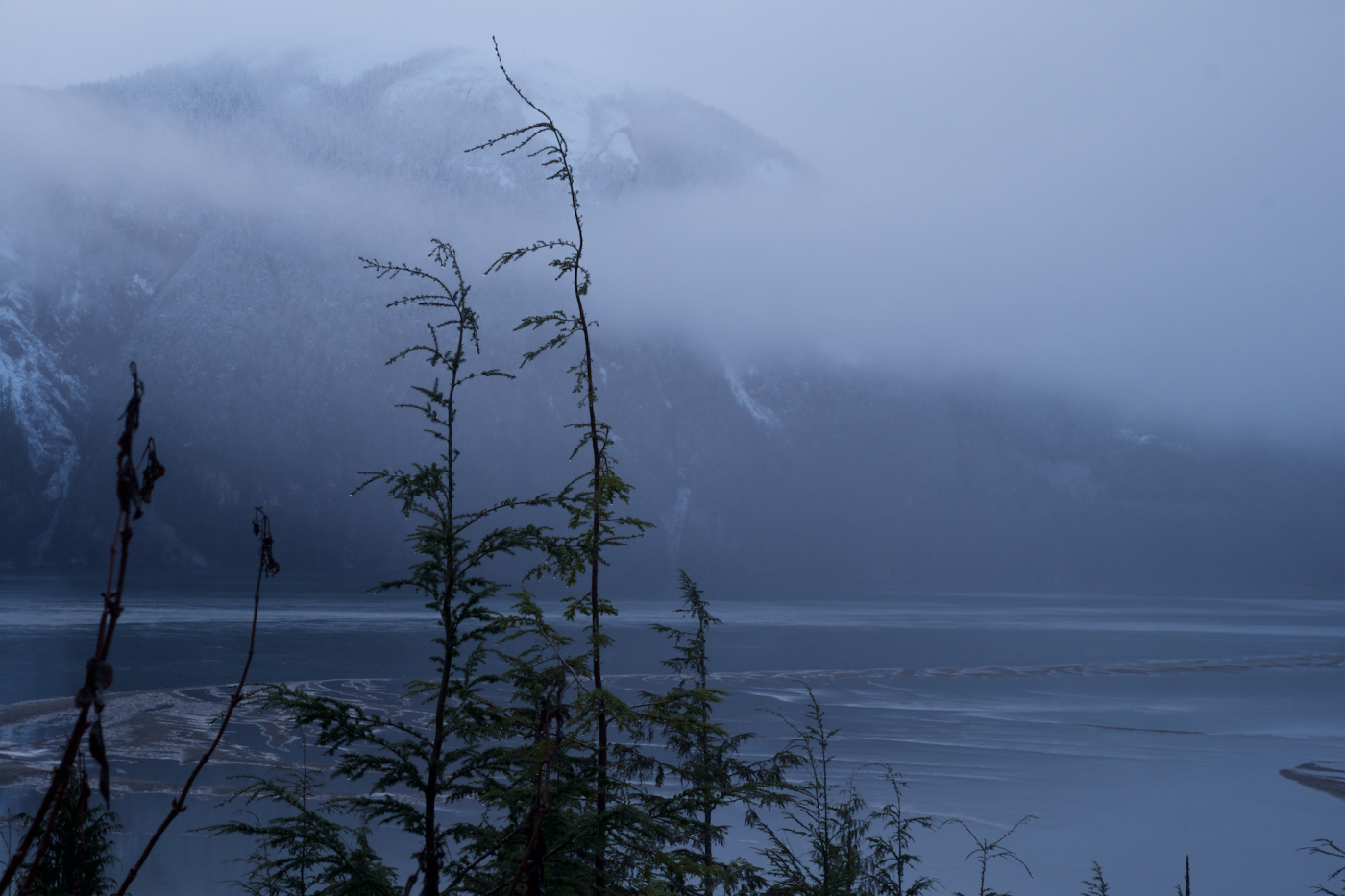
Monday, December 11, 2017 in News, Research
Share: Twitter, Facebook
